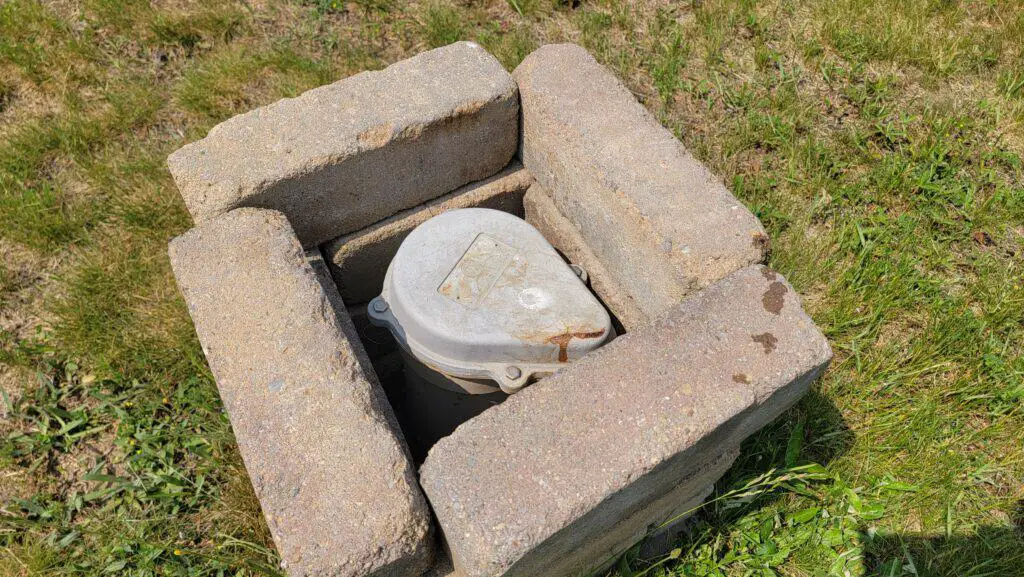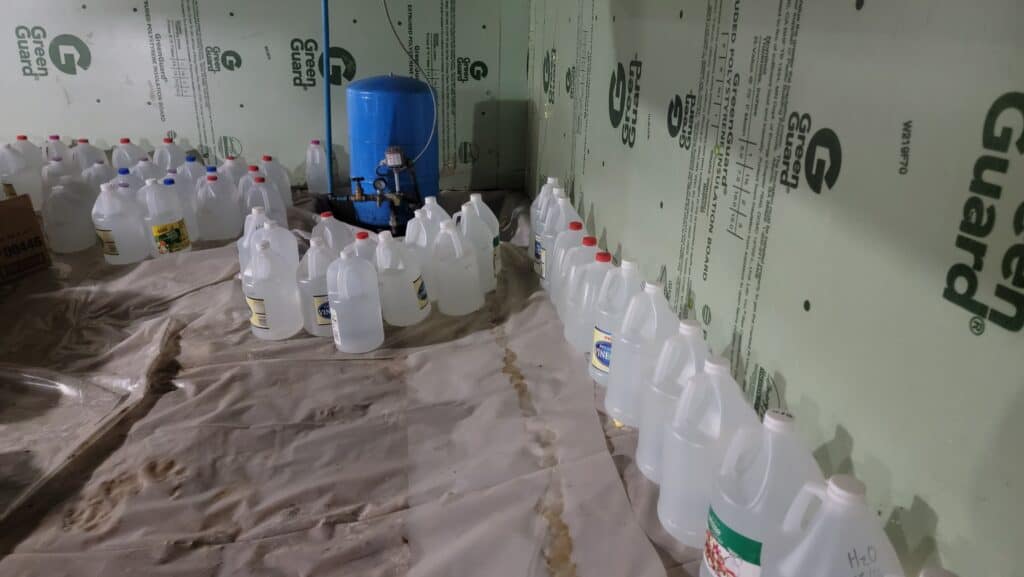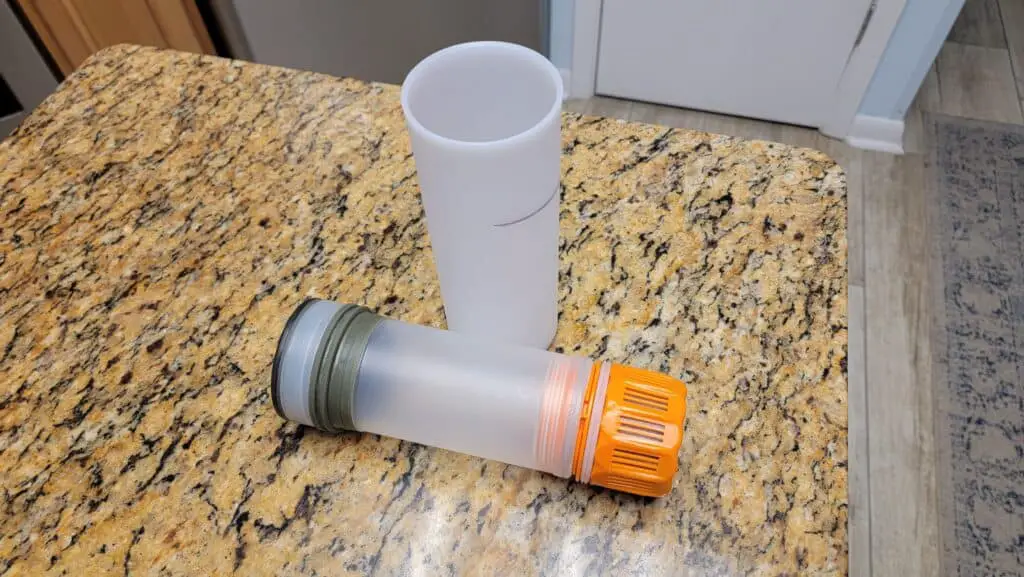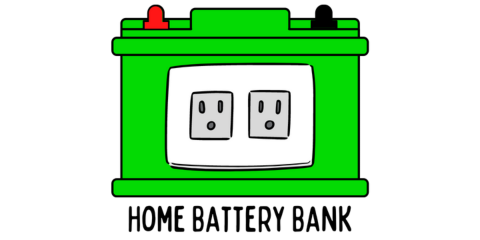Power outages can be a major inconvenience, especially if you rely on well water for your household needs. The question of whether you can still use your well water during a power outage depends on several factors, including the type of well pump you have and the availability of backup power sources.
In this article, we’ll explore how to access your well water during a power outage and some tips for preparing for such a situation.
Understanding Well Pumps and Power Outages
To determine whether you can use your well water during a power outage, it’s important to understand how your well pump operates:
- Submersible pumps: These pumps are submerged in the well and use electricity to draw water up into your home’s plumbing system. In the event of a power outage, a submersible pump will not function, and you will not have access to well water.
- Jet pumps: These pumps are located above ground and use suction to draw water up from the well. Like submersible pumps, jet pumps also require electricity and will not operate during a power outage.
In summary, both types of well pumps rely on electricity to function, meaning that a power outage will disrupt your access to well water.

Backup Power Options for Well Pumps
To ensure continued access to your well water during a power outage, consider investing in a backup power source:
- Generator: A portable or standby generator can provide temporary power to your well pump during an outage. Make sure to choose a generator with the appropriate wattage and voltage to handle your pump’s power requirements (both running watts and initial startup watts). Consult your pump’s owner’s manual or contact the manufacturer for more information. Also add up the additional wattage of all of your other appliances and electronics that you plan on powering before selecting the size of your generator. A 5,000-watt generator is a great size, and the bare minimum that I would recommend, to be able to power your well pump and other electronics and appliances.
- Battery backup: A battery backup system can also supply power to your well pump during an outage. These systems typically include a large battery and an inverter to convert the battery’s DC power to AC power for your pump. Keep in mind that battery backups have a limited runtime and may not last through an extended outage. You’ll need to make sure your ampere hour (Ah) rating is of an adequate nature and you’ll also need to make sure your inverter is sized appropriately so that it can handle the initial startup watts of your pump. If your well pump is hardwired to your breaker box, then a battery backup will not be a feasible option for you.
Having a backup power source in place can help you maintain access to well water when the electricity goes out.
Manual Pumping Options
If a backup power source is not available, you can consider alternative methods for accessing your well water:
- Hand pump: Installing a hand pump alongside your existing well pump can provide a manual method for drawing water from your well during a power outage in both summer and winter months. Hand pumps are available in various designs and materials, and some models can even be fitted to existing well casings.
- Bucket and rope: For shallow wells, it may be possible to access water using a bucket and rope. This method requires a well casing with a removable cap, and the well depth must be within reach of the rope. Be aware that this method can introduce contaminants into your well, so use caution and consider water treatment options if necessary.
Preparing for Power Outages
To ensure you’re prepared for a power outage, consider the following tips:
- Store water: Keep a supply of clean, potable water on hand for drinking, cooking, and personal hygiene. The Centers for Disease Control and Prevention (CDC) recommends storing at least one gallon of water per person per day for a minimum of three days. At this point, I personally have 150 gallons of water stored for a family of four.
- Maintain your well pump and backup systems: Regularly inspect and maintain your well pump, backup power sources, and any manual pumping equipment to ensure they’re in good working order.
- Develop an emergency plan: Create a plan for dealing with power outages, including how to access and use your backup power sources or manual pumping options, and how to conserve water during an outage.

Water Treatment During Power Outages
During a power outage, your well water may be at increased risk of contamination, especially if you’re using a manual pumping method like a bucket and rope, or if you collect rain water via roof runoff. To ensure the safety of your water supply, take the following precautions:
- Boil water: Boil water for at least one minute to kill any bacteria, viruses, or parasites that may be present. If boiling is not possible, use water purification tablets or a water filter designed to remove pathogens.
- Disinfect water: Add unscented, non-concentrated household bleach to your water supply, following the guidelines provided by the CDC which are to use 8 drops in 1 gallon of water and waiting at least 30 minutes before consuming. This can help kill any remaining pathogens and protect against recontamination.
- Invest in a quality filter. I personally always travel with a Grayl brand personal water filter (Amazon). They are affordable and very effective at filtering your water of pathogens, bacteria, viruses, parasites, etc. I have used one for years and drank water from rivers, lakes, and shallow pools of stagnant water. The water always tasted great and I never got sick.
- Test your water: After a power outage, it’s a good idea to test your well water for contaminants, especially if you’ve used a manual pumping method. Contact a local water testing laboratory to ensure your water is safe to drink.

Final Takeaways
While you may not be able to use your well water directly during a power outage due to your pump’s reliance on electricity, there are options available to maintain access to your water supply. By investing in a backup power source, such as a generator or battery backup, or installing manual pumping equipment like a hand pump, you can ensure your household has access to water when the power goes out.
Prepare for power outages by maintaining your well pump and backup systems, storing an emergency water supply, and creating a plan for accessing and treating water during an outage. By taking these steps, you can have peace of mind knowing you’re prepared to handle a power outage and maintain access to your well water.
